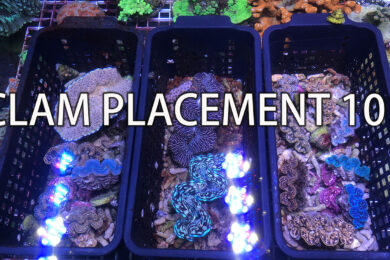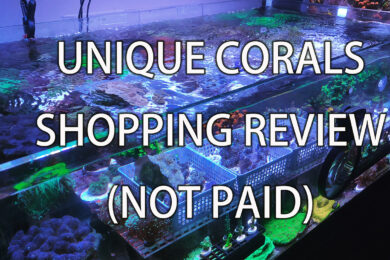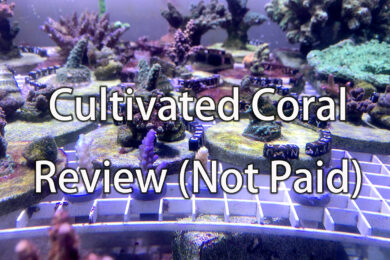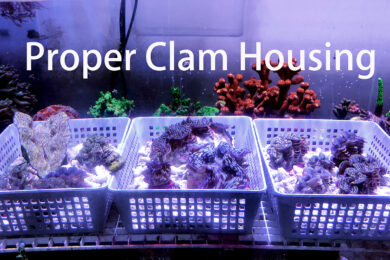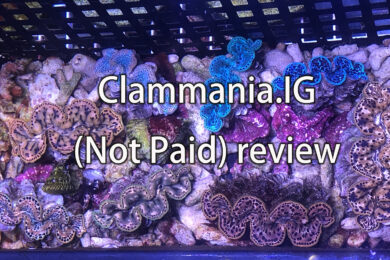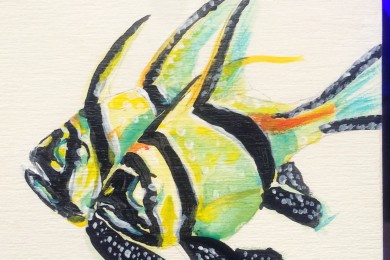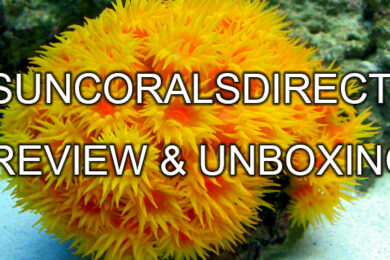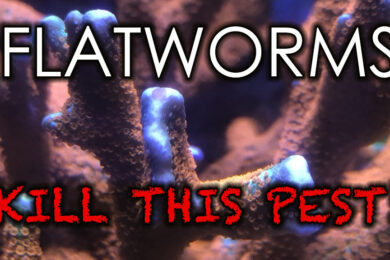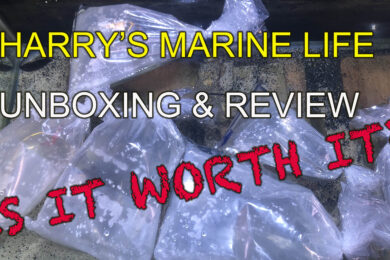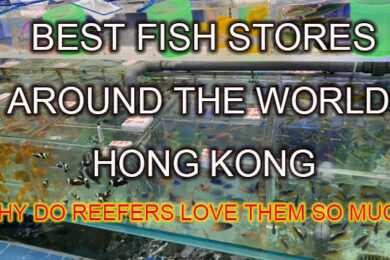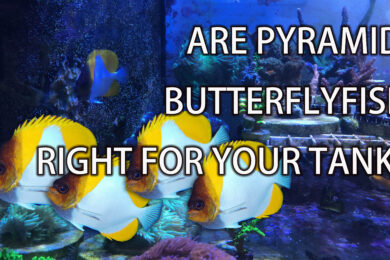Species tank, by definition- means the exhibition features, and often times, only contains one species of creature. Obviously often times you’d also see some supporting casts such as plants, cleaning crew, etc. But the best illustration is some of the standard public aquarium displays. Often times when you approach the tank you can tell that this is focused on only one animal.
Above is the Hawaiian Green Sea Turtle display. As a research institute, Waikiki aquarium is able to house a pair of baby sea turtles. Outside of that, unless you have a license as researcher, you will face either cash penalty, jail time, or both, for not only housing them in your own aquarium but even to touch them in nature. By the way, they can touch you, but not the other way around. Sea Turtles are one of the most vulnerable part of the marine ecology. It plays an important role but many are now critically endangered due to human overfishing, pollution, and long-ling fishing accidental kills. They are thus deserve the strict laws to protect them. You can find Sea Turtle Law and Guidelines here.
Keeping Jelly fish seems to be on the rise in saltwater hobby. I have never kept them myself but I have done a lot of reading, and observed public aquariums’ systems and maintenance processes. If kept successful, they can be very pleasing to observe. However, keeping jelly fish poses tremendous challenge- first, you must design and build special tank for the water to move in a circular motion. The current must be strong enough, but not too strong to wash them into the overflow. Now, speaking of overflow- because jellyfish has no “hard” body part, they are basically a sac of water. They can simply slip through opening of any size you might have. So it’s very important to design the overflow to accommodate for this need. Lastly, they need food, lots of food almost on a constant basis – at least that’s in the wild. At home aquarium, you must feed them several times a day with highly nutritious plankton matter. This means you must have a good filtration system to avoid water spoilage. Here is one of the many resources you can find for Jelly fish care online. You may also find some “kits” available for sale, my advise is to gear away from these. As the picture already is misleading- keeping other fish with Jelly fish, who are predators and are extremely toxic is a recipe for disaster. This vendor is obviously only out to get money without responsibly educating the care and needs of Jellyfish. They are not goldfish, one does not simply throw them into a circular tank with a pump to keep it alive (I mean seriously, the kit doesn’t even come with a heater to regulate the water temperature?). Before you go out and spend hundreds of dollars on a Jellyfish kit like this one, please do enough research before you flush your money down the drain.

